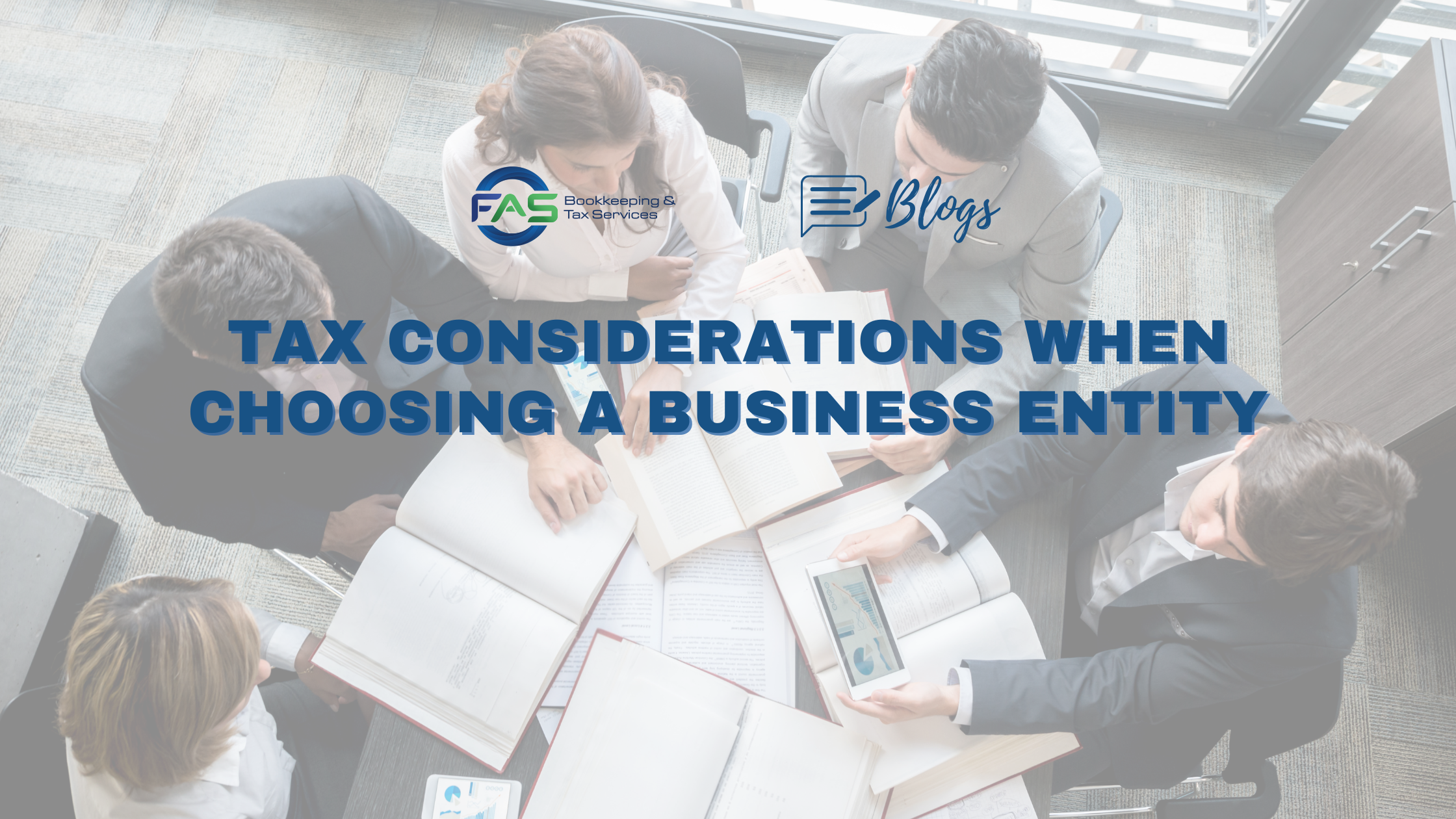On March 12, following the American Rescue Plan Act’s approval and signing, the IRS began sending out the third round of Economic Impact Payments. Most payments were sent out via direct deposit, but approximately 150,000 checks were mailed by the Treasury Department as well. Taxpayers who received EIP1 or EIP2 but didn’t receive a third payment (EIP3) via direct deposit will generally receive a check or, in some instances, a prepaid debit card (EIP Card).
Highlights:
- The third stimulus payment will generally be larger for most people. Most eligible people will get $1,400 for themselves (those filing joint returns will get $2,800) and $1,400 for each of their qualifying dependents claimed on their tax return. Eligible families will get a payment based on all of their qualifying dependents claimed on their return, including older relatives like college students, adults with disabilities, parents, and grandparents. Unlike the first two payments, the third stimulus payment is not restricted to children under 17. Typically, this means a single person with no dependents will get $1,400, while a family of four (married couple with two dependents) will get $5,600.
Note: Under the new law, an EIP3 cannot be offset to pay various past-due federal debts or back taxes.
-
- The first batch of payments primarily went to eligible taxpayers who provided direct deposit information on their 2019 or 2020 returns, including people who don’t typically file a return but who successfully used the Non-Filers tool on IRS.gov last year. Additional batches and payments will be sent in the coming weeks by direct deposit and through the mail as a check or debit card.
-
- The payments are automatic and, in many cases, similar to how people received their first and second round of Economic Impact Payments in 2020. No action needs to be taken by most taxpayers, and contacting either financial institutions or the IRS on payment timing will not speed up their arrival.
-
- Income levels in this new round of stimulus payments have changed. As such, some people will not be eligible for the third payment even if they received a first or second Economic Impact Payment or claimed a 2020 Recovery Rebate Credit. Payments begin to phase out for individuals making $75,000 or above in Adjusted Gross Income ($150,000 for married filing jointly). The payments end at $80,000 for individuals ($160,000 for married filing jointly); people above these levels are ineligible for a payment.
- Taxpayers who received EIP1 or EIP2 but didn’t receive a third payment (EIP3) via direct deposit will generally receive a check or, in some instances, a prepaid debit card (referred to as an “EIP Card).
Note: A payment will not be added to an existing EIP card mailed for the first or second round of stimulus payments.
- If a taxpayer’s payment is less than the full amount and is based on their 2019 return, they may qualify for a supplemental payment after filing their 2020 return. The IRS will automatically reevaluate their eligibility. If they are entitled to a larger payment or the full payment, then a supplemental payment will be sent covering the difference. If the reevaluated amount is smaller, they won’t need to pay back the difference. Aside from filing a 2020 tax return, no additional action needs to be taken.
Paper Checks and Prepaid Debit Cards
Taxpayers who did not receive a direct deposit by March 24 should check their mail carefully in the coming weeks for a paper check or a prepaid debit card, known as an Economic Impact Payment Card, or EIP Card.
The form of payment for the third EIP may be different than earlier stimulus payments. More people are receiving direct deposits, whereas those receiving the economic impact payments in the mail may get either a paper check or an EIP Card. This may be different from how they received their previous stimulus payments.
Paper Checks. Paper checks will arrive by mail in a white envelope from the U.S. Department of the Treasury. For those taxpayers who received their tax refund by mail, this paper check will look similar but referenced as an “Economic Impact Payment” in the memo field.
EIP Card. The EIP Card will also come in a white envelope prominently displaying the seal of the U.S. Department of the Treasury. The card has the Visa name on the front and the issuing bank, MetaBank, N.A., on the back. The information included with the card will explain that this is an Economic Impact Payment. Each mailing will include instructions on how to activate and use the card securely.
None of the EIP cards issued for any of the three rounds is reloadable; recipients will receive a separate card and will not be able to reload funds onto an existing card. EIP Cards are safe, convenient, and secure. EIP Card recipients can make purchases online or in stores anywhere Visa Debit Cards are accepted.
They can get cash from domestic in-network ATMs, transfer funds to a personal bank account, and obtain a replacement EIP Card if needed without incurring any fees. They can also check their card balance online, through a mobile app, or by phone without incurring fees. The EIP Card provides consumer protections against fraud, loss, and other errors and is sponsored by the Bureau of the Fiscal Service and issued by Treasury’s financial agent, MetaBank, N.A. The IRS does not determine who receives a prepaid debit card.
Social Security and Other Federal Beneficiaries
Most Social Security retirement and disability beneficiaries, railroad retirees, and recipients of veterans benefits who are eligible for an Economic Impact Payment do not need to take any action to receive a payment. These payments will be automatic, and Social Security and other federal beneficiaries will generally receive this third payment the same way as their regular benefits.
Anyone who didn’t file a return but receives Social Security retirement, survivor or disability benefits (SSDI), Railroad Retirement benefits, Supplemental Security Income (SSI), or Veterans Affairs benefits, will receive their third round of economic impact payments the same way as their regular benefits – similar to the first and second rounds of Economic Impact Payments.
If You Don’t Normally File a Tax Return
While payments will be automatic for many people based on their federal benefits information, some may need to file a 2020 tax return – even if they don’t usually file – to provide information the IRS needs to send payments for any qualified dependent. People in this group should file a 2020 tax return to be considered for an additional payment for their dependent as quickly as possible.
People who don’t normally file a tax return and don’t receive federal benefits may also qualify for these stimulus payments, including those experiencing homelessness and others. If you’re eligible and didn’t get a first or second Economic Impact Payment (that is, an EIP1 or EIP2) or got less than the full amounts, you may be eligible for the 2020 Recovery Rebate Credit but will need to file a 2020 tax return.
Need help with bookkeeping, individual and/or cross-border tax preparation? Contact us today so our Enrolled Agent can assist you!




